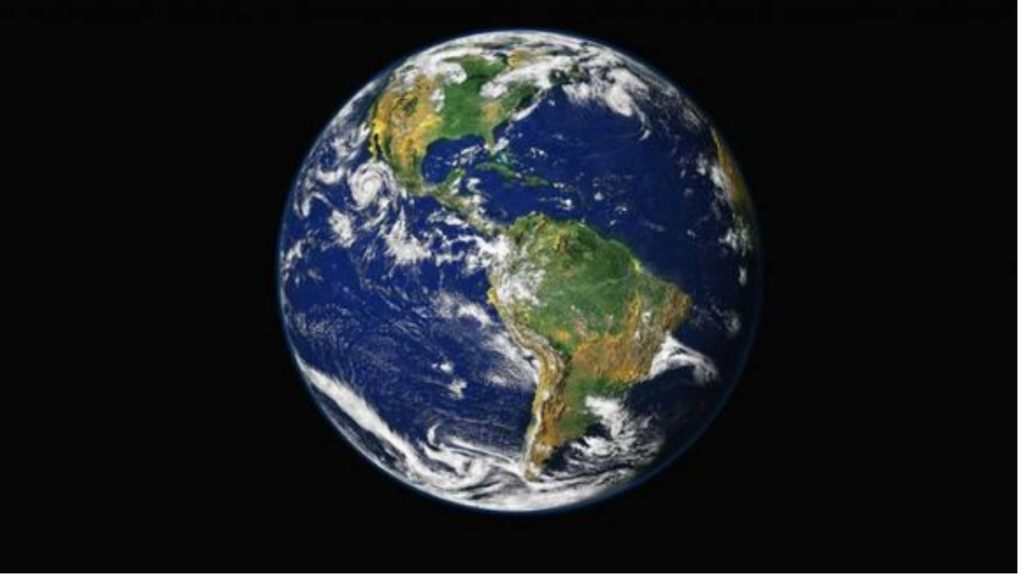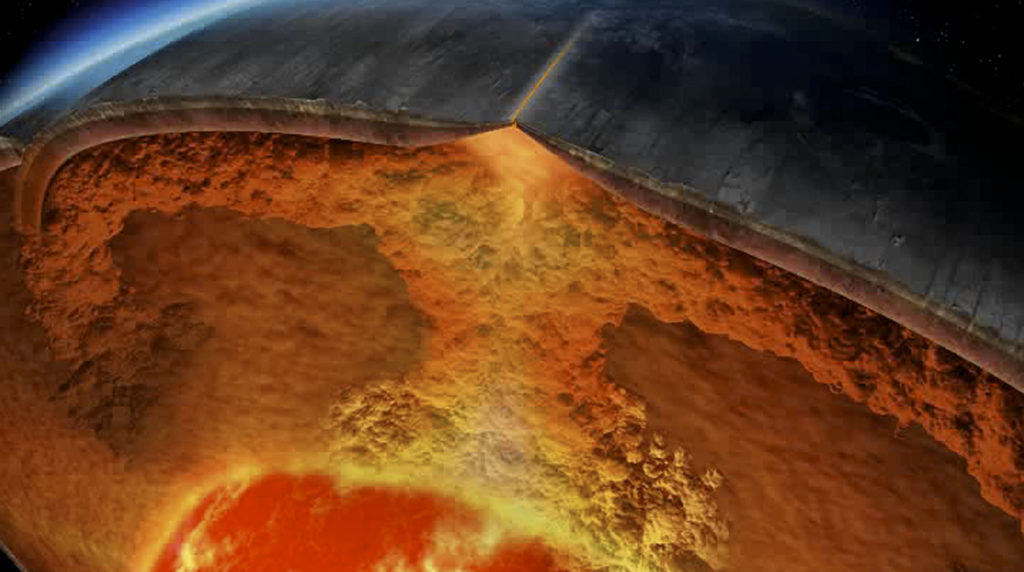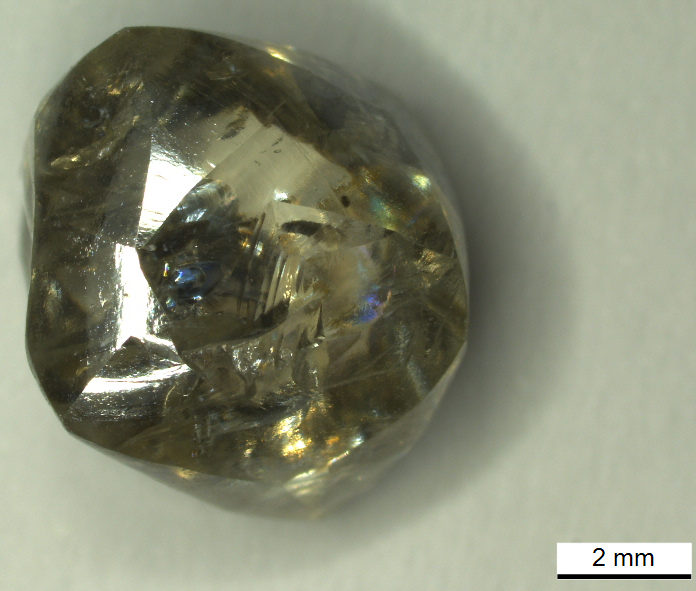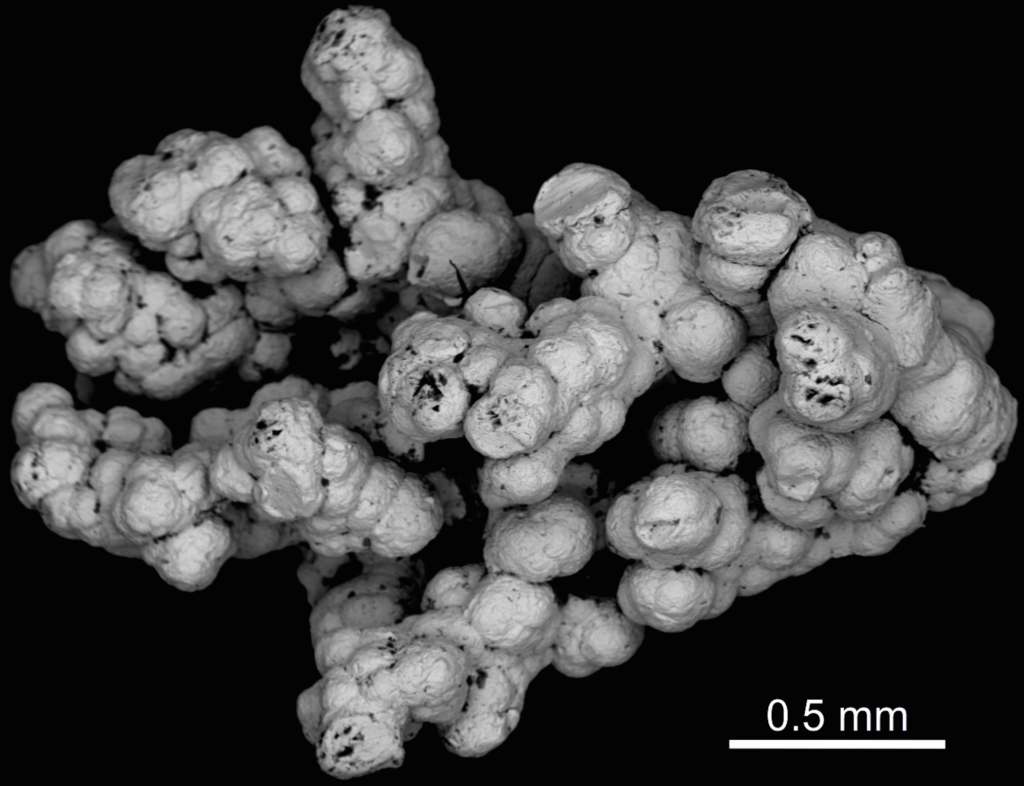Topic Highlights


(C) BBC


(C) A.R. Cabral
Origin of Earth's water
Meteorites from the far reaches of the solar system delivered large amounts of water, carbon and volatile substances to the Earth. Only then could the Earth host life. Using a method recently developed at the University of Tübingen, we measured selenium isotopes in rocks derived from the Earth’s mantle. Identical isotope signatures in these rocks and in certain types of meteorites revealed the origin of the selenium as well as large amounts of water and other vital substances. The study has been published in Nature Geoscience.
Earth’s deep mantle record of ancient ocean-atmosphere oxygenation
Free atmospheric oxygen influences geological materials and their elements on the Earth's surface by particular oxidation processes. Such oxidation signatures can be transferred by erosion from the continents into deep-sea deposits. Through plate tectonic processes, these deposits, together with their special oxidation signatures, can then even be transported into the Earth's mantle and remain stored there for millions and billions of years. Upon modern volcanic activity, these old surface components are returned to the surface. Such “recycled” signatures from the Earth’s deep interior can provide unique information on the past global ocean and atmospheric conditions. We studied unique lavas that erupted in the Atlantic Ocean. High-precision isotope measurements of the volatile element selenium on these volcanic rocks showed that ancient surface oxidation signatures were transferred into the deep mantle where they survived for billions of years. Within the framework of most recent models, the results further imply that our atmosphere ~1–2 billion years ago probably contained much more oxygen than widely assumed in the scientific community. In addition, these newly constrained selenium isotope systematics highlight how exactly volatile elements in the Earth’s atmosphere, continents and mantle are linked by a large geological cycle. This study is published in the journal Science Advances.
Diamond inclusion studies of Earth's evolution
This ongoing project aims at extracting minerals trapped in billion year old diamond capsules in order to investigate their properties that hold information about pre-entrapment conditions like the nature of subduction recycling and, even before that, the redox state of Earth's surface at the time of subduction. The rationale behind this comes from results published in Science Advances (see above).
Nature and redox conditions of subduction recycling
The development of a habitable Earth with its atmosphere-ocean system is closely linked to plate tectonics and the efficient exchange of elements between interior and exterior reservoirs. Key aspects are the subduction cycles of water, carbon and sulfur and the redox state of arc magmas. It is particularly debated if the oxidised nature of arc magmas is due to oxidised slab components. Isotope systematics of the redox sensitive and chalcophile element selenium (Se) were investigated on exhumed parts of subducted oceanic lithosphere. The data point to oxidized slab fluids that affect the transport of materials in modern oceanic subduction zones This study is published in the journal Geochemical Perspectives Letters.
Explore the niches of life in Earth's deep biosphere
Only a few places worldwide, mostly some of the oldest continental crust fragments such as Archean cratons, enable direct sampling of the continental deep biosphere. Such places indicate that deep-seated fractures act as fluid pathways and deliver microbially important nutrients to otherwise hostile habitats. The availability of selenium (Se) might play a crucial role in such systems because the reduction of oxidized Se species provides by far more energy than the reduction of sulfate. Hence, even small amounts of Se could potentially sustain microbial activity if the right physicochemical conditions are met.
We investigated Se-rich platinum-palladium (Pt-Pd) nuggets from a placer deposit in Minas Gerais (Brazil), a locality where Pd has originally been identified. Although such Pt-Pd nuggets are covered by biofilms, the formation of such nuggets remains elusive. High-precision Se isotopic data were therefore combined with trace-metal data and Pt-Os ages to assess the nugget formation and to identify potential microbial processes.
The combined data show that the Pt-Pd nuggets formed ca. 180 million years ago, likely by replacement of precursor vein minerals in the host quartzite at 70°C and approximately 800 m below the surface. The high levels of Se and other biophilic elements (iodine, organic carbon, nitrogen), together with an extremely negative Se isotopic composition, the lowest yet measured in natural samples (δ82/76Se = -17.4 to -15.4‰), are consistent with a microbial origin. Abiogenic processes cannot be fully excluded yet, but the study suggests that the Pt-Pd nuggets plausibly record Se-dependent microbial activity in the continental deep biosphere.
In the future, the difficulty in sampling the continental deep biosphere can be circumvented by applying novel isotope proxies to weathering-resistant minerals such as nuggets. This novel approach may provide a wealth of information that is needed to enhance our understanding of the continental deep biosphere.
This study is published in Geology.

